Higher education is a dynamic industry marked by rapid changes, fierce competition, and the constant pursuit of increased enrollment growth. Central to this mission is the admissions team, a dedicated group responsible for attracting, engaging, and onboarding prospective students. An effective Admissions Team is essential to an institution’s success but admissions teams often find themselves bogged down by inefficient processes and overwhelming administrative tasks. The result? Burnout, disengagement, and even diminished productivity.
Recognizing Burnout in Admissions Teams
Burnout impacts many Admissions professionals within the higher education sector. It manifests itself in ways and, if left unchecked, can hinder an institution’s growth. Here are some telltale signs:
- High Turnover: One of the most damaging outcomes of burnout is turnover. Losing experienced staff means not only a gap in expertise but also an increased burden on remaining team members as they adjust to new hires.
- Missed Deadlines and Reduced Productivity: When burnout sets in, productivity suffers. Admissions officers may struggle to keep up with their workload, leading to missed deadlines, longer processing times, and diminished quality of work.
- Decreased Enthusiasm: Team members who were once passionate about meeting prospective students and fostering connections may start to lose interest. The excitement of recruitment and relationship-building diminishes, leaving them detached and unmotivated.
The Unique Challenges of Admissions Work
Unlike other administrative roles, admissions teams are at the forefront of a higher education institution’s operations. They navigate a unique set of challenges that can contribute to burnout if not properly managed:
- High Volume of Admissions Activity: Admissions teams face significant pressure to generate admissions activity such as contact with prospective students, appointments, applicants and enrolled students. This is especially true during peak seasons for traditional institutions and can exist year round for career schools. This volume of productivity creates a demanding environment.
- Complex Enrollment Processes: In many institutions, approval of admissions applications involves more than a simple checklist. Each application must be scrutinized for academic qualifications, student financing, entrance testing, review committees and more. Balancing thoroughness with speed in helping prospective students to be accepted can be taxing.
- Consistent Communication: Engaging with prospective students and their families is critical, but it requires constant communication across various channels—email, phone, text, virtual meetings, and in-person events. Managing these interactions with quality communications while maintaining a personal touch can lead to mental and emotional fatigue.
- Pressure to Meet Enrollment Goals: Admissions teams often work under the shadow of institutional targets. The pressure to meet or exceed these enrollment numbers can result in long hours, excess stress, and a culture of feeling overworked.
Process Inefficiencies that Fuel Burnout
While the inherent nature of admissions work can be stressful, inefficient processes amplify the risk of burnout. Here are some common process-related issues:
- Manual and Repetitive Tasks: From data entry to sending follow-up emails, manual tasks consume time that could otherwise be spent on more strategic activities. Admissions teams often find themselves overwhelmed by these repetitive chores, contributing to mental fatigue.
- Siloed Communication: Miscommunication or lack of coordination between departments can create confusion and duplicate work. If the admissions team is not seamlessly integrated with other units like financial aid or academic advising, it leads to increased workload and frustration.
- Outdated Technology: Legacy systems or the utilization of multiple admissions tools can slow down prospecting and application processing and make managing data difficult. When team members have to work around the limitations of outdated software and systems, it adds unnecessary stress and consumes valuable time.
- Inefficient Document Management: The review and management of enrollment applications involves handling numerous documents, often requiring input from different sources. Without an organized system, admissions officers spend extra time searching for and verifying information.
Strategies for Alleviating Burnout and Boosting Efficiency
To keep your admissions team engaged, productive, and free from burnout, it’s essential to evaluate and refine your processes. Here are strategies to consider:
- Automate Routine Tasks: Leveraging technology to automate repetitive tasks like sending emails or texts can free up time for admissions representatives to focus on strategic work. Automation tools and AI-driven solutions can significantly streamline these processes.
- Implement a Unified CRM: A robust Customer Relationship Management (CRM) system can centralize communication and data management, ensuring that all interactions are documented and accessible. This can reduce miscommunication and help admissions officers stay not only organized but be more productive.
- Consider building an internal Communications Center: Your best performing Admissions professionals know the value of building relationships with students and are expert at identifying the right students for their schools so why burden them with outbound prospecting new inquiries before you know the prospect is qualified or interested? Developing an internal communications center can automate these communications and provide prospects with consistent and quality information while ensuring your Admissions team is working with the best potential candidates for your school.
- Invest in Training and Development: Ongoing training helps team members adapt to new tools and processes more effectively. Additionally, providing professional development opportunities can boost morale and show that the institution values its employees.
- Encourage Work-Life Balance: Flexible scheduling and support for remote work can help reduce stress, especially during peak admission periods. Ensure that your Admissions staff work as a team to provide individual Admissions people to take breaks or time off as needed.
Building a Sustainable Admissions Culture
Cultivating an Admissions-friendly environment where your processes are designed with not only efficiency and effectiveness but with productivity in mind will set your admissions team up for success. Remember, a well-functioning admissions team is not just about enrollments — it’s about the people who work tirelessly to build relationships and foster a welcoming experience for students.
The question is: Are you setting your Admissions team up for success? Ynot? can help you ensure that your practices bolster, rather than burn out, your Admissions Team. Schedule your 30-minute introductory call with Ynot?




